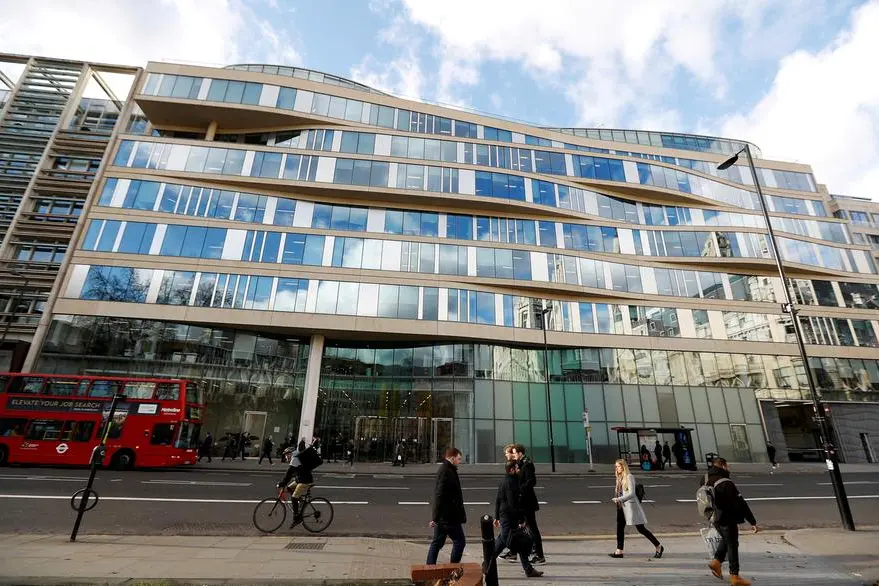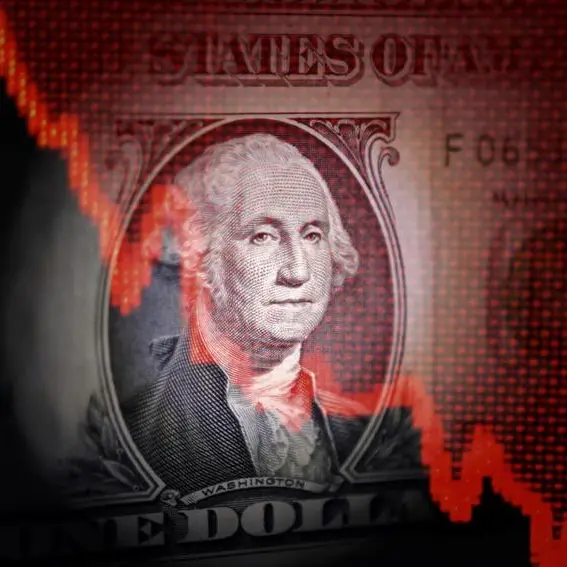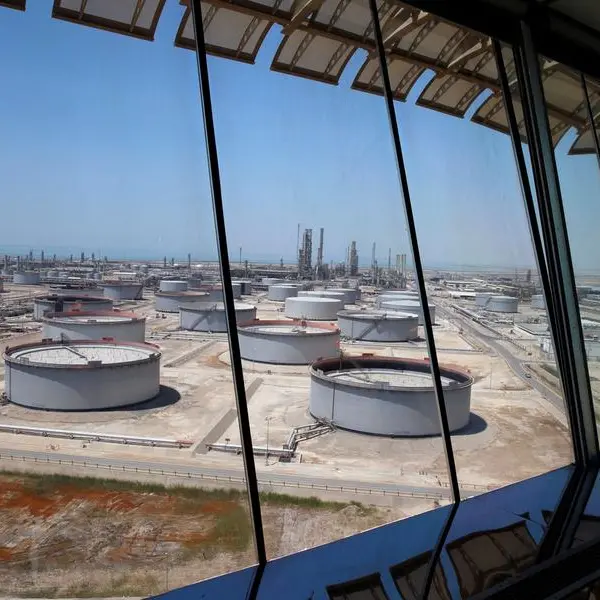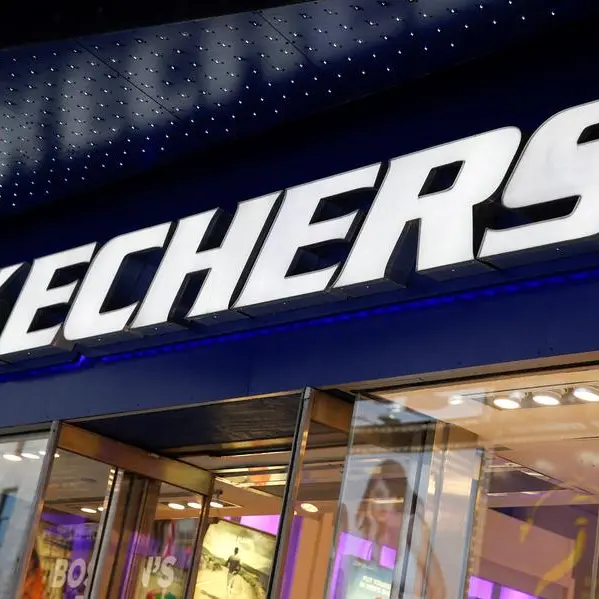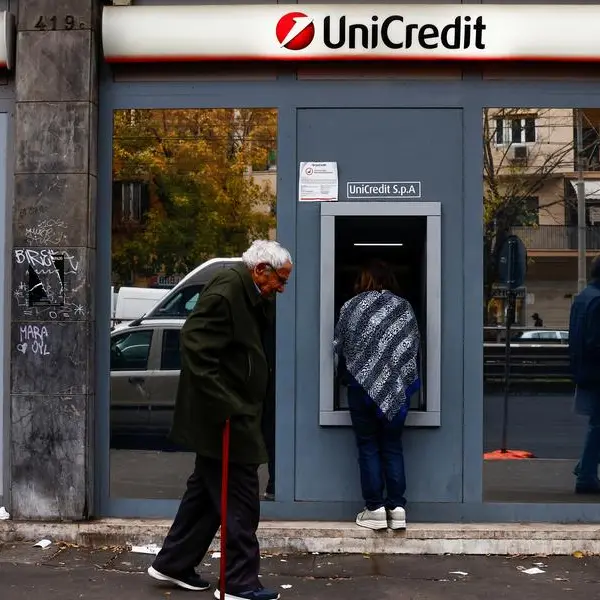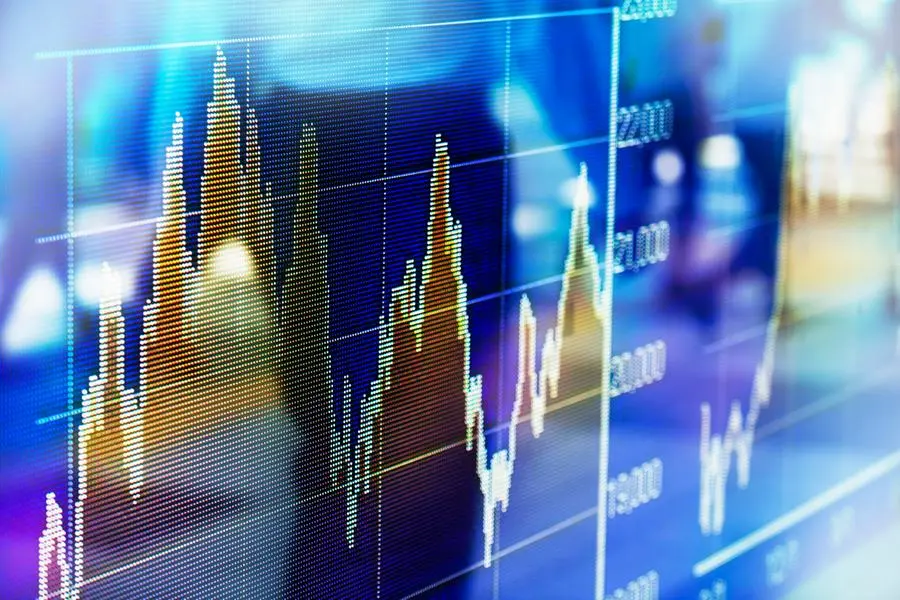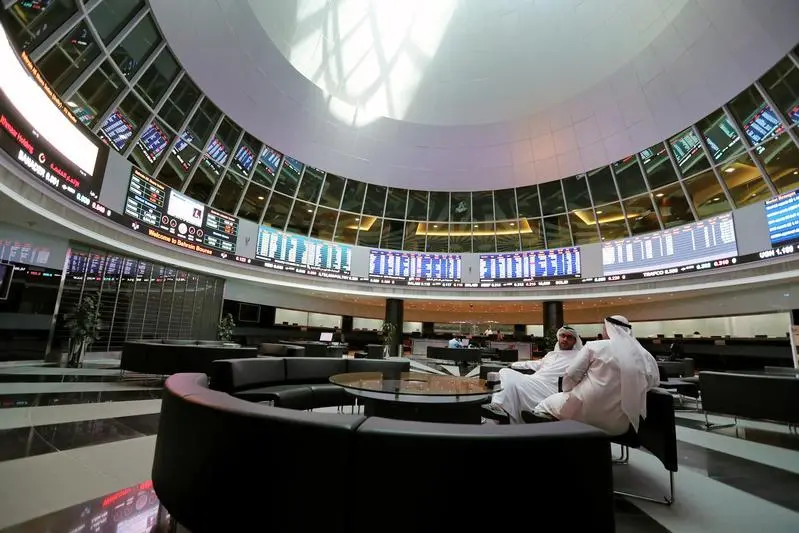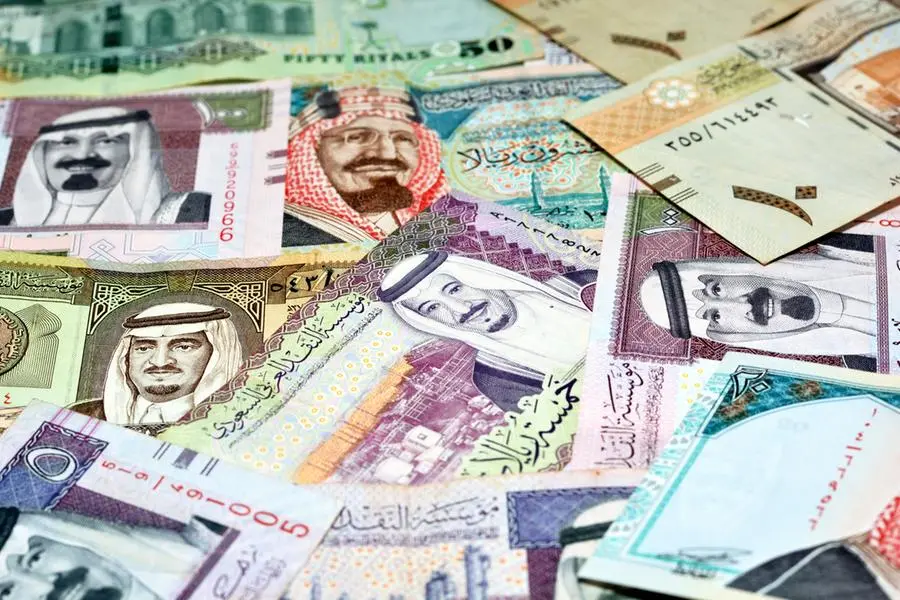PHOTO
FILE PHOTO: The offices where the London Metal Exchange is headquartered are seen in the City of London, Britain, January 18, 2018 REUTERS/Peter Nicholls//File Photo
LONDON - The London Metal Exchange is being left behind in the race to dominate trade in metals used for EV batteries such as lithium and cobalt as other exchanges gain momentum, capitalising on a shift from annual fixed-price contracts to hedging with futures.
The LME is the world's oldest and dominant market for industrial metals like copper and aluminium, but its complex futures structure and less aggressive marketing mean its battery metals futures have largely been snubbed.
The 147-year-old exchange may miss out on a huge growth area in coming years as miners and EV makers step up hedging unless it can lure traders to its contracts in materials needed for the energy transition.
Among Western exchanges, the U.S. CME Group has vaulted ahead of the LME in lithium and cobalt volumes.
Volumes in the CME's lithium hydroxide contract have surged by 759% during the first eight months of the year compared to the same period in 2023 while the LME's contract has failed to trade this year.
In China, the Guangzhou Futures Exchange has seen strong growth in its lithium carbonate futures since a launch in July 2023, but there are hurdles for foreigners to participate.
"The LME is not getting the buy-in from the market that the CME has," said Jack Nathan, head of battery metals at broker Tullett Prebon.
"But people are not wedded to one particular contract or exchange. People are just looking for the most accurate hedge and most efficient execution venue."
COMPLEX LME
Part of the lack of liquidity on the LME may be due to the complexity of the LME set-up, according LME Chief Executive Matthew Chamberlain.
The CME and most futures exchanges have a single expiry date for monthly contracts, but on the LME each day can be traded so physical users can tailor their deals to metal deliveries.
"We know that the specificity of the LME's market structure can certainly hurt you when you try to build liquidity," Chamberlain told Reuters, when asked about boosting volumes of LME battery metals.
"I think that would undoubtedly be aided by a broader set of participants in the market and a more standardised market structure."
Earlier this month, the LME unveiled a set of proposed measures to boost electronic trading and liquidity.
The higher CME volumes are also due to its more aggressive marketing campaigns to lure brokers and users to its battery products, industry sources said.
To help boost activity, in May the LME announced fee waivers for cobalt and lithium.
LITHIUM TO TRACK IRON ORE
Until a few years ago, most lithium supply was agreed in fixed-price annual contracts, like iron ore decades ago.
After major producer BHP led a drive in 2010 to disband a 40-year-old system of pricing iron ore once a year, a futures market in the steel ingredient has climbed to massive volumes.
Lithium has similar potential - albeit in a smaller market - once volatility calms down and big companies become more comfortable with using futures markets, analysts said.
"It's been a tumultuous 36 months," said Daniel Fletcher-Manuel, director of prices and data at Benchmark Mineral Intelligence.
Lithium prices soared by 500% in the 12 months to May 2022 as automakers rushed to secure supply amid worries about shortages.
But a surge in output from new mines and weaker than expected EV sales created a glut of supply and prices have since crashed, giving up all of their gains.
"There's still a lot of anxiety driven by the uncertainty in pricing, which is making the opportunists reluctant to enter this battery metals derivatives space, but that will change," said Fletcher-Manuel.
Benchmark expects lithium hedging will more than triple to 1 million metric tons a year by 2030, using conservative assumptions.
Hedging is expected to be lacklustre this year and next, with miners and EV makers expected to hedge on average about 10% of global supplies in 2026, increasing to 40% by 2035, Fletcher-Manuel added.
COBALT
The LME also is behind in cobalt, a smaller market than lithium. The CME has seen 20 times more volume in cobalt metal futures so far this year than the LME.
The LME's cobalt volumes while modest, have at least increased this year, which the LME's Chamberlain believes is partly due to the exchange's responsible sourcing guidelines.
The LME has also seen some warehouse deliveries based on its physically-based cobalt contract, attracting some of the oversupply in the market.
More cobalt brands are expected to apply for listing on the LME, which may help liquidity, an industry source with direct knowledge said.
(Reporting by Eric Onstad; editing by David Evans)
